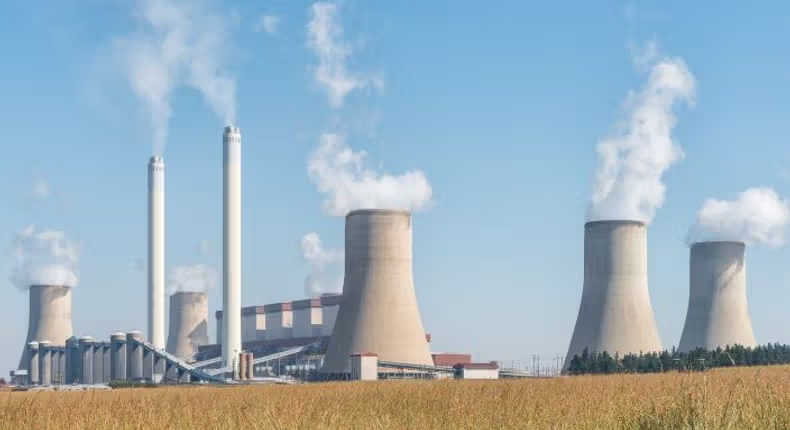Russia is moving ahead with a landmark nuclear cooperation deal with Ethiopia, East Africa’s largest economy. The agreement formalizes plans to build a nuclear power plant in Ethiopia and outlines steps to provide technical, economic, and training support. Russian and Ethiopian energy officials signed road maps and intergovernmental protocols to guide development and operation of the facility.
Prospective timelines suggest that Ethiopia could bring its first reactors online in the early 2030s, with each reactor having a capacity of around 1,200 megawatts. In parallel, discussions are ongoing about using small modular reactors, which could offer flexibility and faster deployment for more remote regions.
Ethiopia’s government frames the move as a bold step toward energy security. The country has long faced power shortages, grid instability, and rising demand from urban and industrial growth. A nuclear plant promises reliable baseload power and could reduce dependence on hydropower, which is vulnerable during droughts.
Critics urge caution. Nuclear development is capital intensive, complex, and risky. Questions remain over financing, regulatory oversight, waste management, and safety. Ethiopia will need to build strong institutions, skilled workforce, and regulatory frameworks before it can responsibly host nuclear energy. Also geopolitical implications are at play. Russia’s deepening role in African infrastructure raises concerns over influence, dependency, and leverage in trade and diplomacy.
The deal also fits into Russia’s broader push to expand its footprint across Africa. In recent months, the country has sealed similar cooperative agreements with other nations, strengthening its energy, mining, and transport ties across the continent. For Ethiopia, this agreement may present opportunities to modernize power systems, attract investment, and bolster its role as a regional energy hub.
Implementation will require steady progress over years. Ethiopia must secure financing, negotiate construction contracts, build capacity in nuclear engineering, and ensure international safety compliance. Success could reshape its energy path; failure could saddle it with debt and infrastructure challenges.


